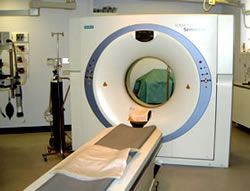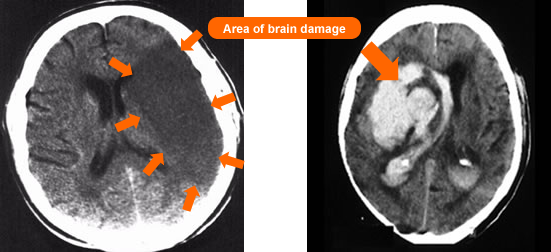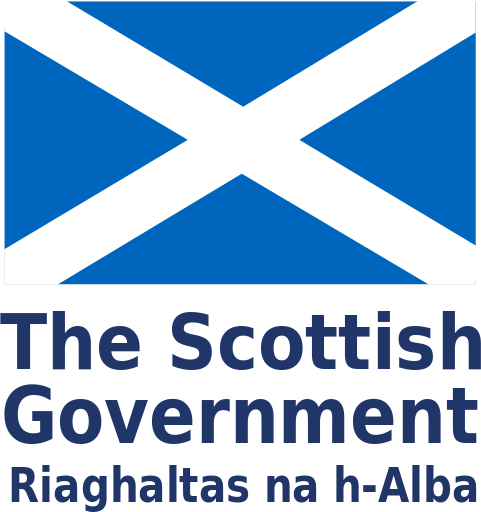
- Is usually one of the first tests carried out
- A CT scan will help determine whether the stroke has been caused by insufficient blood flow (ischaemic stroke) or a ruptured blood vessel (haemorrhagic stroke)
- It is vital to be able to establish whether the stroke was caused by a blockage or a bleed as the drug management is very different for each of these
- A CT scan uses X-rays to take pictures of the skull and brain whilst the patient lies in a tunnel-like machine; the scanner produces images of the brain
- A CT scan carried out within a couple of hours of an ischaemic stroke may not show any abnormalities but a haemorrhage shows up immediately; there are also some parts of the brain which a CT scan does not image well
- A CT scan should be carried out within 12 hours of the patient arriving at the hospital following a suspected (new) stroke (this statement does not refer to those patients being considered for hyper acute stroke treatments: thrombolysis and/or thrombectomy)

Page last reviewed: 19 Mar 2021


